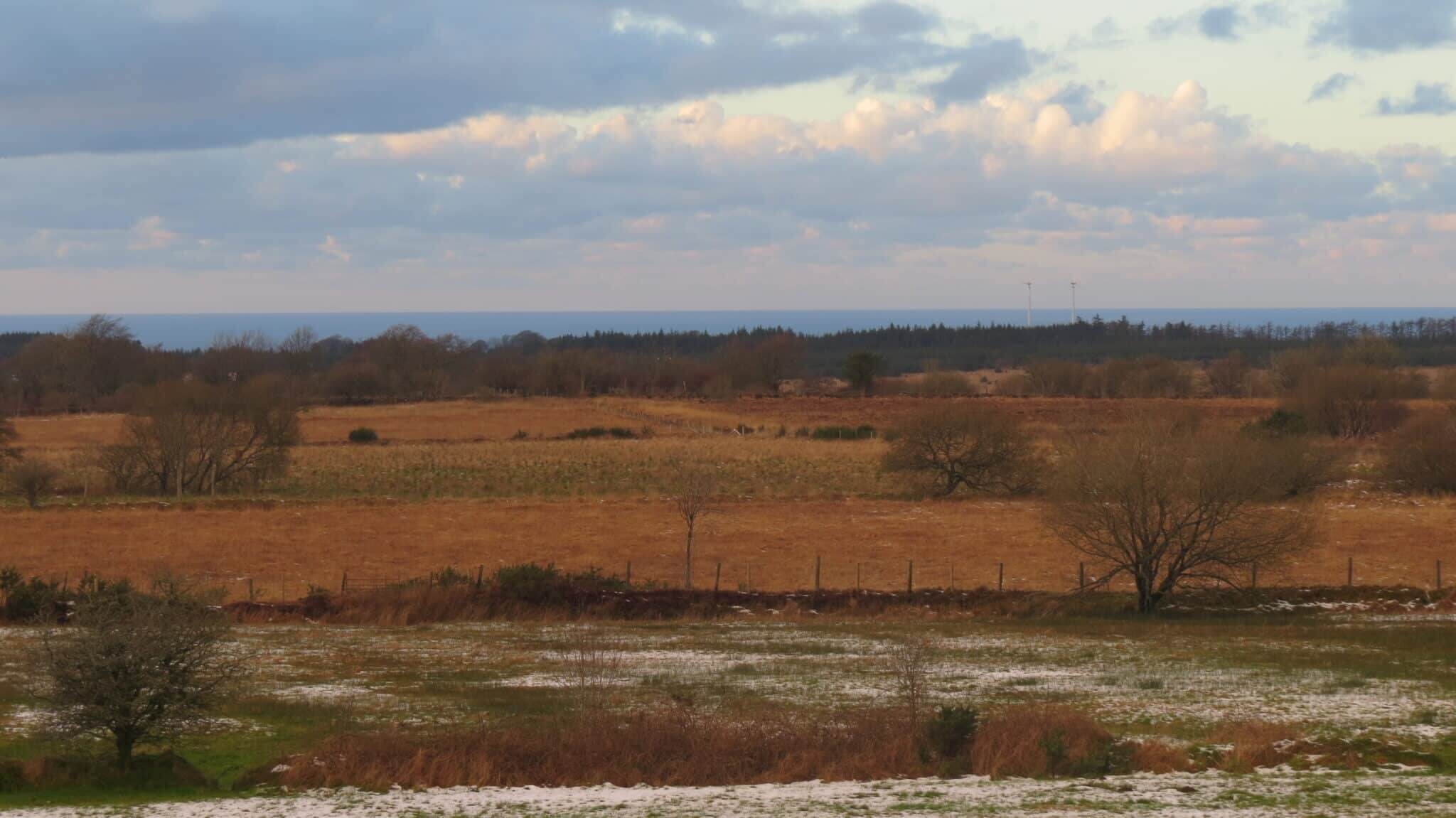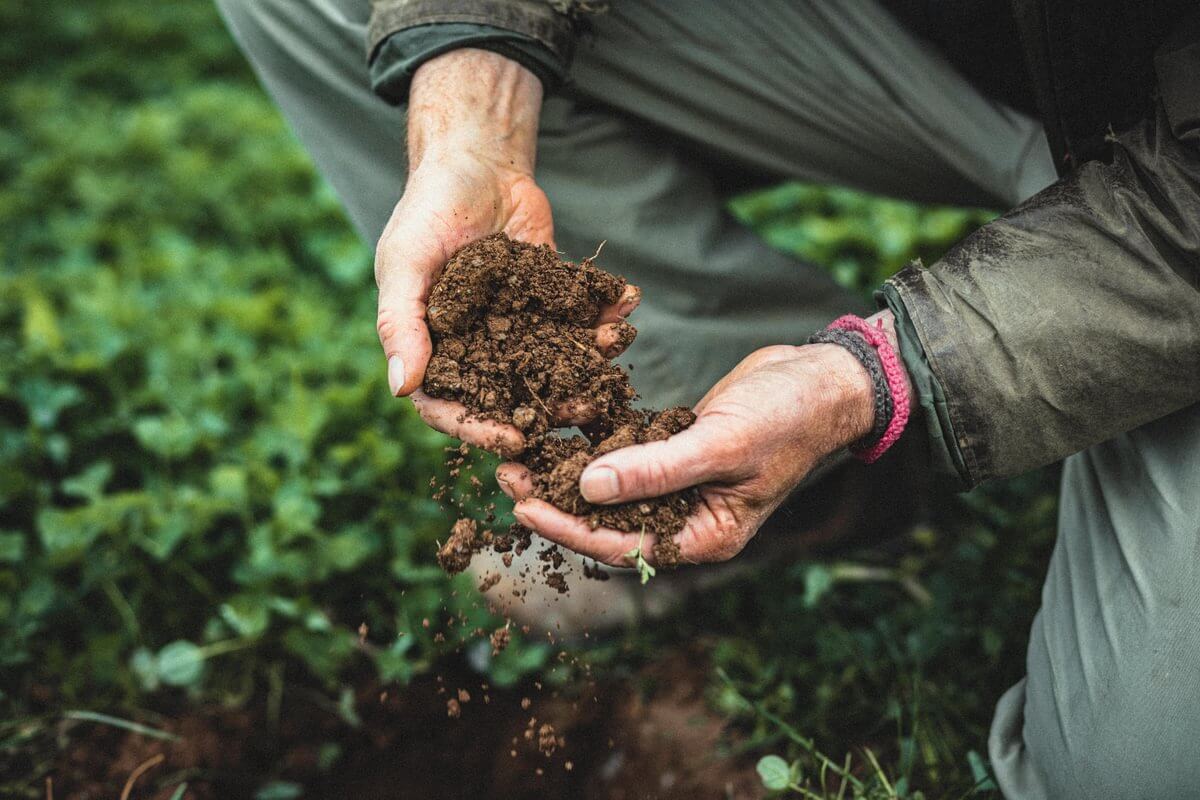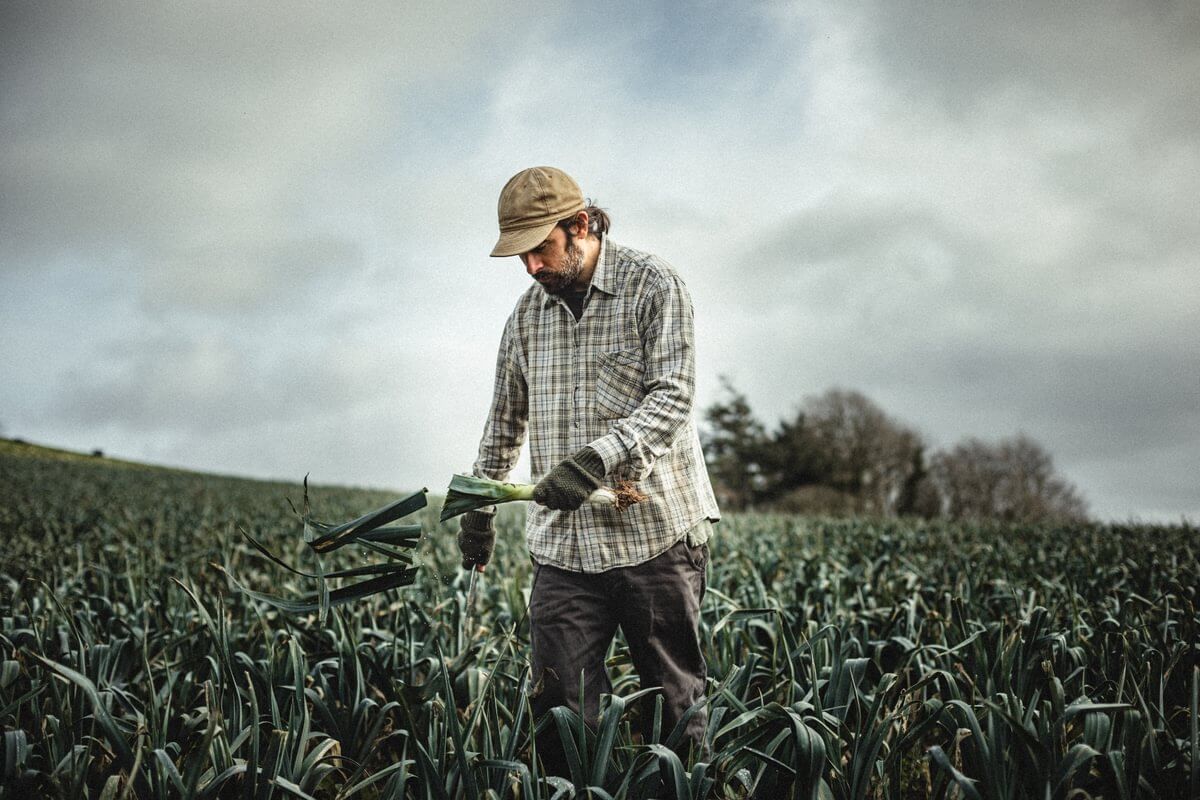A culture of land is a new column series for Wicked Leeks by Welsh food historian and writer Carwyn Graves exploring the links between food, culture and landscape.
Somewhere in central Ceredigion, Wales; overcast winter’s day.
This is a brown landscape of pennau hirion, Welsh for ‘long-headed or ‘brainy’ people, and scraggly willows – and the warblers seem to agree, with their combative tunes. Here the preponderance of willows signifies poor, thin land used for nothing much but summer grazing of cattle and ponies, sheep and geese for some millennia, and is only splayed in season with heath and marsh orchids popping up among the ragged Robin, Devil’s-bit scabious and greater bird’s-foot trefoils. Then the pennau hirion – not the well-read nobles representing the Crown that owned this land, but rather the erudite, poorer cottagers – came and tried to make it their own; greensward in place of brownlands.
Technically, this was enclosure. But here – in the hills of mid-Wales – it was those well-read little people that won out. While the land magnates were clearing the Scottish Highlands of people, cattle and hearths to make way for sheep, huge swathes of open upland pasture in Wales were being squatted to make holdings for people. This was nothing new; the custom of younger offspring or other lesser folk carving out a holding from the mountain went back centuries, and more. What had been shared grazing, turbary, candle-rush patch and summer milking-and-churning ground became the small, hedged fields promising one small family sustenance and a home.
Did it ever have a future, this squatting, on this poor land? Centuries past suggested so. When the Crown appointed agents to make the same sorts of square fields and low hedgebanks on these moors for very different people, the locals’ vehemence insisted so. 1820, Mynydd Bach, the mob: “There shall not be any farms or houses built on Mynydd Bach but what … shall be pulled down; [if] any poor man shall come then he shall build a house and make a field and we will help him.” 1858, Mynydd Llanfair, the Crown valuer: “I have had the greatest difficulty in carrying out this inclosure in consequence of the encroachers….stoutly holding out…. It would have required a military force to aid the civil power to turn out 48 families.” Then 1897, London, the Welsh Land Commission: the land was the home of the people, who had “a kind of moral right to have a means of obtaining thereon their livelihood through life”.
With the warblers’ song as background, and in innumerable petty skirmishes across Wales, the cottagers overcame and remained – though some were convicted for their crime and ended in Australia. But take rocky, thin Mynydd Cilgwyn, home in the 1820s to seven hundred people living in 141 houses. There, the threatened cottagers pleaded, they wanted nothing but to de-stone the land and work it; to grow some corn and potatoes and keep a cow or two. To maintain themselves and not burden the crown. And when the great lord relented, these long-headed, chapel-going smallholders poured a cask of home-brew to celebrate, and sent another to the London nobles.
By the time of post-war Ceredigion, the arduous victory of the cottagers was won; 70 per cent of its land by then was owner-occupied, the highest percentage anywhere in Britain, followed closely by other Welsh counties. This is their landscape, and its dense scattering of small farmsteads now home to micro land-based businesses of all types (from herbs and sheep to spring water and hay) is a direct legacy of their long struggle to occupy it. Their legacy is the small, square green fields; the willows and warblers, though present still, now line hedgerows.
















0 Comments